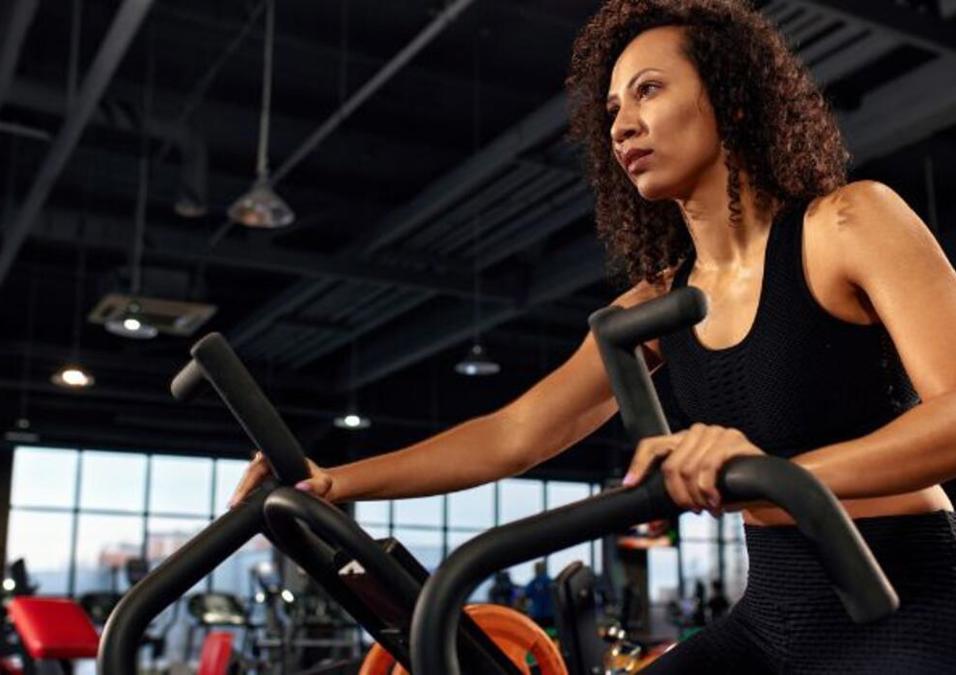11 Essential Gym Tips

SIGN UP FOR YOUR FREE DAY PASS TODAY!
Gyms are making a full comeback. In the UK, approximately 11.5 million individuals aged 16 and older now hold gym memberships.
Familiar routines are returning too, with fewer cleaning stations and a resurgence of equipment sharing as gym-goers ease back into pre-pandemic habits.
But how many members truly make use of their subscriptions, and how much value do they derive when they visit?
Having spent over a decade frequenting gyms and even editing Men’s Fitness magazine, I've observed several habits and practices I wish were shared with every new gym-goer.
Here are practical tips and common mistakes to help you maximize your gym experience. And no, I won’t harp on wiping up your sweat—we’re all grown-ups here.
Yes, People Are Watching
While advice often reassures the gym-shy that “nobody is watching you,” that’s not entirely true.
People sometimes glance at what others are doing, whether it’s checking out the weights you're lifting or the speed you’ve set on the treadmill.
But the truth is, while people might notice, they're unlikely to engage with you, especially if you're male.
For women, however, unsolicited feedback might still crop up. My wife, a personal trainer with over a decade of experience, advises, “Wear headphones, look confident, and respond with a polite but firm, ‘Thanks,’ if anyone comments on your form.”
It may occasionally happen, but it shouldn’t derail your workout.
Sharing Equipment (AKA "Working in") is an Essential Skill
Post-pandemic, sharing gym equipment seems to have fallen out of practice, but in crowded gyms, it’s a necessary skill. Wait until someone finishes their set (typically when they put the weight down or pause between reps), and politely ask how many sets they have left.
If it’s a lot, it’s fine to ask if you can “work in”—essentially using the equipment during their rest periods. They might decline, but there’s no harm in asking.
Similarly, if someone asks to work in with you, be accommodating. You might even offer to help out a hesitant fellow gym-goer hovering near your station. Sharing equipment doesn’t just save time; it builds a sense of community.
Proper Use of the Squat Rack is Key
A common mistake I see weekly? People setting the squat rack hooks too high. The correct way is to position the hooks low enough so you can quarter-squat the bar out of the rack.
Avoid going on tiptoes to lift or return it—that’s both awkward and unsafe, especially with heavier weights. When returning the bar, walk it directly into the upright supports until it rests securely on the hooks.
Put Your Equipment Back
It’s basic gym etiquette to re-rack dumbbells, plates, and other gym tools. Leaving weights scattered around is inconvenient for everyone else.
Think of tidying up as part of your cooldown. It’s a small effort that goes a long way in creating a better gym environment.
Don’t Block the Dumbbell Rack
While it’s tempting to stand close to the dumbbell rack to monitor your form in the mirror, doing so blocks access for others.
Step back about an arm's length so fellow gym-goers can retrieve their weights without having to wait for you.
Ask for Advice When Needed
Most people shy away from asking for help at the gym, but it’s okay to do so! Whether you're unsure about a safe form for an exercise or how to adjust a machine, asking someone for guidance can be a valuable learning experience. Chances are, they’ll be happy to lend a hand.
Need a Spotter? Here’s How to Ask
For exercises like the bench press, where support might be necessary for safety, you can find a spotter.
Look for someone knowledgeable, wait for a break in their routine, and politely ask if they’ll spot you.
Be clear about how many reps you plan to do and whether you’ll need help with the bar "lift-off."
Communication is key, so signal when you’ve got control of the bar with “My bar!” and when you’re finished with “Done!” or “Take it!”
Bands Might Not Be Ideal for Pull-Ups
While resistance bands seem like a quick fix for pull-ups, they don’t provide consistent assistance throughout the motion.
Instead, focus on eccentric pull-ups, lowering yourself slowly from the top of the bar after a jump or step up. This builds the necessary strength for unassisted pull-ups faster than using bands.
Not All Trainers Are Made Equal
Be cautious when hiring a personal trainer. While many are passionate professionals consistently honing their skills, others might lack depth in their knowledge.
A good trainer can demonstrate results with clients who have similar goals and limitations as yours. Listen for clear, logical explanations about the exercises they propose, and prioritize those who focus on your progress rather than small talk.
Burpees Aren’t for Everyone
Burpees have a love-hate reputation. Though they’re popular with coaches for their ability to tire you out quickly, they aren’t necessarily beneficial for everyone.
If you’re new to working out or have joint concerns, consider alternative, low-impact exercises like rowing or cycling.
The Gym is Full of Support
Lastly, remember that most people at the gym are cheering for you, even if silently. There’s a unique camaraderie in watching others build confidence and strength over time.
Your hard work doesn’t go unnoticed; it contributes to the positive energy of the space.
Final Thoughts
The gym is a place of progress and learning. Whether you’re mastering proper equipment use, sharing with others, or seeking guidance, these small habits improve your experience and contribute to the greater gym community.
With each session, you’ll grow stronger and more confident. Welcome aboard and good luck on your fitness journey!
Source: theguardian
The opinions shared in the GymNation blog articles are solely those of the respective authors and may not represent the perspectives of GymNation or any member of the GymNation team.
GET YOUR FREE TRIAL TODAY

















































































